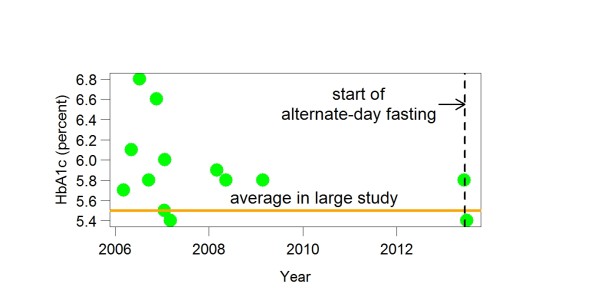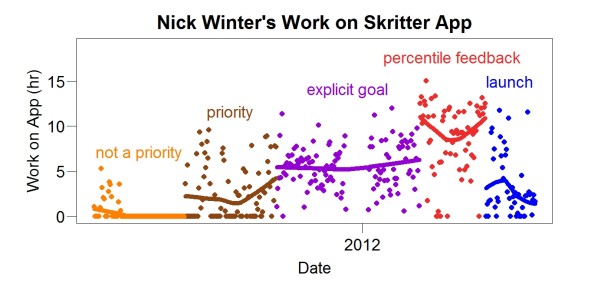I recently posted about using a mirror to cure anesthesia dolorosa, a painful skin condition similar to phantom limb pain, whichi is always caused by surgery. Beth Taylor-Schott, the inventor of the technique, told me what’s happened since she last blogged about it:
Since then, David is still pretty much pain free and off Neurontin. Just a twinge now and then that he takes care of with Lidocaine, if anything. Have not had to re-do the therapy or anything like that.
I have been contacted by two researchers in the UK, and as I understand it, they’re doing research based on the blog, though I have not heard what there results are. Also, someone in Australia wanted to fly us out to do a demonstration and be at a conference, but I couldn’t get enough time off work to make it worth it.
I have heard from people who have read the blog and who want to do the therapy and who have questions, which I always answer, but only a very few of them ever come back to tell me that it’s worked, and no one has ever come back to say it hasn’t, so I’m not sure what to do with that. I don’t really see this as my crusade. I put the blog out there, and I figure the people who are meant to find it will find it. We ourselves only discovered this through a weird series of coincidences, after all.
She explained what she meant by “weird series of coincidences”:
It was by no means certain that I would read it. I think it had been sitting in my in-box for three or four months when I went back and read it. That is one coincidence. Another is that I came across it because, given that David had just flatlined twice in the hospital, I was in no shape to do anything BUT clean out my inbox, not something I did at all frequently at the time (like MAYBE once a year or every two years). And then too, I read it at a moment when his cardiologist had just told us that probably David needed to not only go off the stimulants he’d been taking to counteract the Neurontin, but also the Neurontin itself. His pain was being kept under control in the hospital with injections of Toradol, and there was no way they would let me give him that much when he was at home and not being monitored. So what would we have done if the mirror therapy hadn’t worked? He would not only have been non-functional, but in constant, excruciating pain. And yet I did not go into the inbox looking for answers, I went into it to distract myself from the fact that I seemingly had no answers. So the whole thing had a very deus ex machina quality to it.
And then there’s the fact that I happen to be the kind of person who is resilient enough to actually try something like this despite years of frustration with the condition and our treatment at the hands of the experts. What are the chances that I’d be in a situation like this, especially given the rarity of David’s condition? (Last I heard, M, the woman in the piece by Gawande, did not pursue the therapy, even after it was suggested to her.)
In a list of things that made the discovery less likely (e.g., rarely cleans out her inbox) she includes something that made the discovery much more likely, namely “what would we have done if the mirror therapy hadn’t worked?” She and her husband were incredibly motivated to make it work. More motivated than professional scientists ever are. This is an enormous advantage of personal science over professional science: the much greater motivation of the personal scientist.

